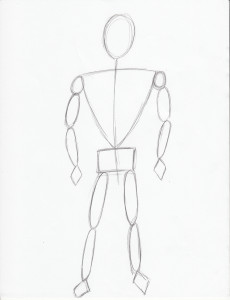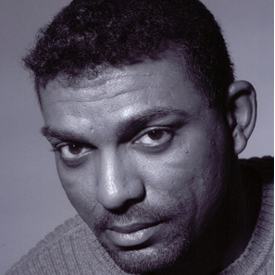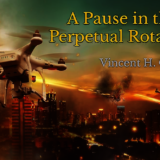Up until this point, I have obviously shown lots of favoritism to manga over Western comics, which is fair considering my background. But I would be lying outright if I said that I didn’t have a lot of respect for the profound effect of Western comics and their history on society – and a lot of respect and admiration for comic book artists. It was to my great pleasure, then, that I received an email from my local comic book store at the end of July informing me that they were going to be hosting once-weekly drawing classes throughout the month of August with one of DC’s professional Batman inkers, Jack Purcell.

At this point, I am quite familiar with what goes into making your standard manga, but the Western comic world is very different from its Japanese equivalent. Still, there is much to be learned from anyone who does art professionally, and it’s always a relief to hear such professional tell you that, no matter how long you’re doing it, you will still make mistakes, you will still have more to learn, there will still be room to grow.
The class itself was only five sessions of an hour and a half each; being a somewhat recent college graduate, this seemed like no time at all, as I was accustomed to taking three-and-a-half-hour-long art classes at least twice a week. Aside from myself, there were two other students in the class, and since we were all at varying levels of artistic ability, we started with the very basics.


When you’ve been drawing for a really long time, you get cocky and think you know it all (just me?), so it was important to be reminded of some beginner tips that make drawing bodies and proportions much easier. We didn’t linger on that for too long, however; after drawing two characters using this method, we were taught how to write a very simple and effective script.

In a professional comics context, where multiple people are working on one manuscript, it’s very important for the writer to give very clear, detailed scripts. Jack told us a bit about some comic writers who attach photos or write long descriptions of the setting in order for the artists to better understand what needs to be put on any given page, or in any given panel.
In this class, however, it was just us working on our own manuscripts; therefore, we pushed right along to some thumbnail sketches. It is my natural impulse to draw full-page “thumbnails,” but Jack cautioned me against this practice. He said that drawing large will cause me to get distracted by details and start rendering images and losing steam before I move onto the final. And I have to admit, it’s kind of fun to draw thumbnail people who are basically glorified stick figures!

Our goal for the class was to fully draw out two pages, though Jack said outright that he was more concerned with us learning the process than attaining the final product. Good thing, too, since our last class was spent working on the first of those pages, as well as watching Jack’s demonstration of his personal inking techniques. This was probably my favorite class because we got to really see what it is that Jack does in the context of the DC world, and because it’s a rare occasion that I get to pick the brains of a professional artist – and commiserate over universal artist problems.
My only complaint about this class is that I wish it was longer – both in the individual class length, as well as the number of classes. It’s important for artists to have a community to go to and a space to create art in, because visual art – much like writing – can be a very individual and lonely pursuit at times. Besides, classes also act as a good motivator to actually get work done, even if it’s only doing that work within the classroom setting (and I know of many artists – myself included – who could use a little bit of a push sometimes). I feel very fortunate to have been able to take advantage of this opportunity, and I can only hope that more like it will arise soon!











